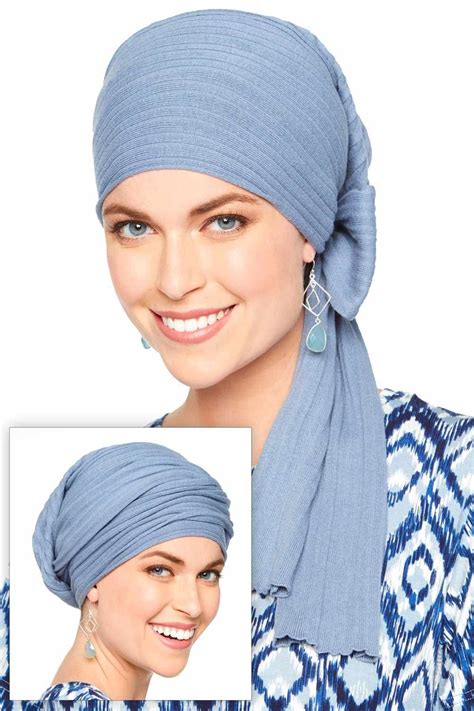Introduction
Head coverings for women have been worn for centuries for various cultural, religious, and personal reasons. From the niqab in the Middle East to the headscarf in Sikhism, head coverings hold immense significance and foster a rich tapestry of beliefs.

Prevalence of Head Coverings
- According to a 2021 survey by the Pew Research Center, 62% of Muslim women in the United States wear a headscarf.
- In 2020, the World Sikh Organization estimated that 90% of Sikh women cover their heads with a patka or turban.
- A 2019 study by the University of Texas at Austin found that 43% of Orthodox Jewish women wear a sheitel, a wig that covers their natural hair.
Motivations for Wearing Head Coverings
- Religious Obligation: Many women cover their heads as an act of religious devotion. In Islam, for example, the hijab is considered an obligatory practice (fard) for Muslim women.
- Modesty: Head coverings can serve as a form of modesty, symbolizing a woman’s desire to maintain privacy and avoid drawing undue attention to her appearance.
- Cultural Identity: In some cultures, head coverings are deeply ingrained in tradition and represent a woman’s connection to her heritage and community.
- Personal Choice: Some women choose to wear head coverings for personal reasons, such as protection from the sun or as a fashion statement.
Types of Head Coverings
1. Veil (Niqab or Burqa)
- The veil is the most conservative type of head covering, covering the entire face except for the eyes.
- It is primarily worn in certain Muslim countries and regions as a manifestation of religious devotion and modesty.
2. Hijab
- The hijab is a headscarf that covers the hair and neck, leaving the face visible.
- It is commonly worn by Muslim women and signifies religious observance and modesty.
3. Shayla
- The shayla is a long, rectangular scarf that can be draped over the head in various styles.
- It is popular in the Middle East and North Africa and is typically worn with a hijab for added coverage.
4. Headscarf
- The headscarf is a general term for any cloth covering the head.
- It is worn for religious, cultural, or fashion reasons by women from various backgrounds.
5. Patka or Turban
- The patka or turban is a head covering worn by Sikh women and men.
- It is a symbol of religious identity and represents the Guru Granth Sahib, the Sikh holy scripture.
6. Sheitel
- The sheitel is a wig worn by Orthodox Jewish women to cover their natural hair.
- It is traditionally worn after marriage and signifies a woman’s modesty and piety.
Pain Points of Head Coverings
- Discrimination and Prejudice: Women who wear head coverings often face discrimination and prejudice due to misunderstandings or stereotypes associating them with extremism or oppression.
- Heat and Discomfort: Some head coverings can be uncomfortable to wear in hot or humid environments, causing excessive sweating and irritation.
- Limited Hairstyles: Head coverings can restrict women’s ability to style their hair freely, which can impact their self-expression and confidence.
Benefits of Head Coverings
- Religious Fulfillment: For many women, head coverings provide a sense of religious fulfillment and connection to their faith.
- Protection from Sun and UV Rays: Certain head coverings, such as the niqab and burqa, offer protection from the sun’s harmful UV rays, which can reduce the risk of skin cancer.
- Cultural Expression: Head coverings can be a powerful form of cultural expression, showcasing a woman’s heritage and identity.
Future Applications of Head Coverings
Smart Head Coverings: The advent of smart fabrics and Internet of Things (IoT) could lead to the development of head coverings that monitor a woman’s vital signs or provide GPS tracking for safety purposes.
Sustainability and Eco-Friendliness: By harnessing sustainable materials and eco-friendly production methods, head coverings can be designed to minimize their environmental impact.
Fashion and Style: The emergence of innovative designs and collaborations with fashion houses has the potential to transform head coverings into stylish and desirable pieces of attire.
Tips and Tricks for Wearing Head Coverings
- Choose Breathable Fabrics: Opt for head coverings made from materials like cotton, linen, or bamboo that allow for airflow and prevent excessive sweating.
- Experiment with Styles: Explore different ways to drape and style your head covering to find the most comfortable and flattering fit.
- Consider Climate: Choose lighter fabrics for warmer environments and thicker fabrics for colder temperatures to maintain your comfort level.
- Accessorize: Add a personal touch to your head covering by accessorizing with pins, brooches, or complementary jewelry.
Frequently Asked Questions
-
Is it mandatory for all women to wear a head covering?
– The obligation to wear a head covering varies depending on cultural and religious beliefs. -
Can head coverings restrict a woman’s freedom?
– When worn by choice, head coverings can be a symbol of empowerment and self-expression. However, forced or coerced wear can be restrictive. -
What are the legal implications of wearing a head covering?
– In some countries, there are laws that either prohibit or protect the right to wear a head covering. -
How can I show respect to someone who wears a head covering?
– Be mindful of your language and avoid making assumptions. Respect their choice and refrain from touching their head covering without permission. -
Can I ask a woman why she wears a head covering?
– While it is generally considered polite to avoid asking personal questions, if you do approach someone about their head covering, be respectful and sensitive. -
How can I promote understanding about head coverings?
– Educate yourself about different cultures and beliefs, engage in respectful conversations, and challenge stereotypes.
